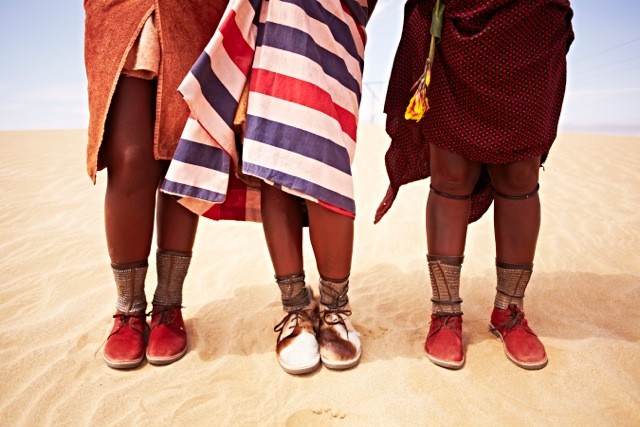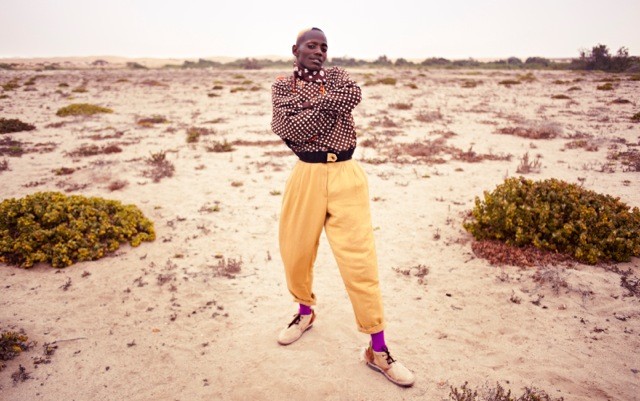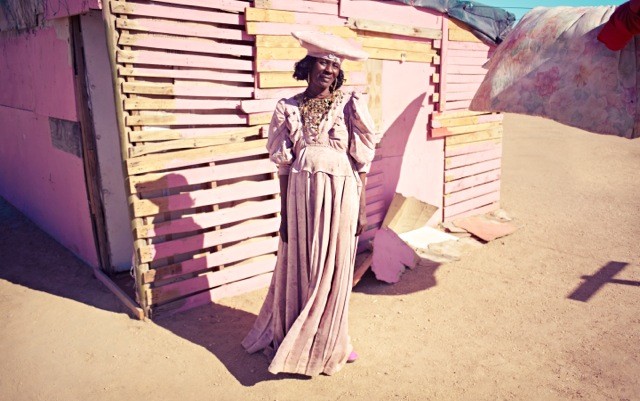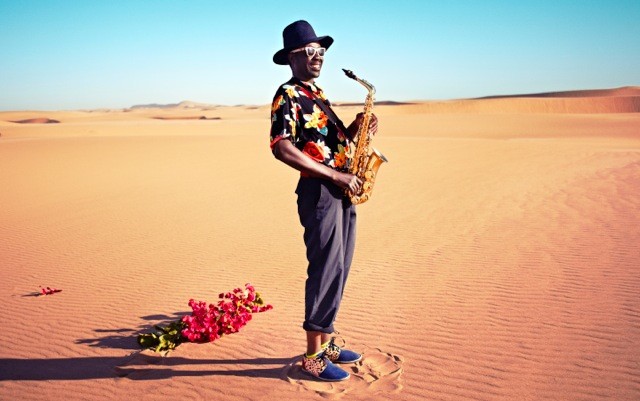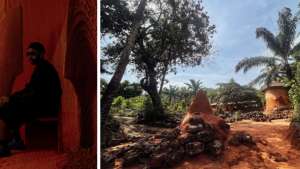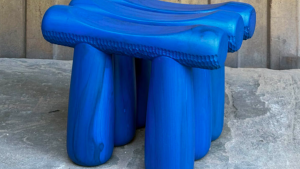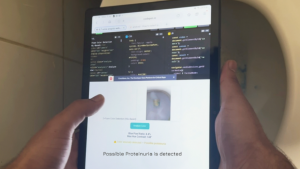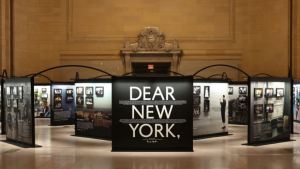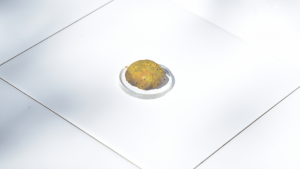In Namibia, Brother Vellies shoes were produced in the original workshop where velskoene had been made since 1938, using the same age-old techniques. Although velskoene have never quite looked like this: metalllic, in snakeskin, with neon toe caps and even peep toes.
There and in South Africa, eight men assemble each shoe by hand, producing 20 pairs an afternoon. The vellies are made from vegetable-dyed Kudu leather. Because the hides are from wild animals, they have imperfections that domesticated hides don’t tend to have, making each pair unique.
The history of the velskoen, or veldskoen (in Afrikaans, “vel” means “skin” and “veld” translates to “scrub land”; “skoen” means shoe), is intertwined with the footwear of the traditional Khoisan people and later with the Afrikaans boers (farmers) when these light boots became the footwear of choice for the Great Trek. Traditionally they are made from tanned leather or soft rawhide and attached to a leather or rubber sole, or one made from old car tyres.
Brother Vellies creative director Aurora James spoke to us about the business:
You’re Canadian and your father is Ghanaian. How did you become interested in very South African velskoene?
A former colleague of mine used to wear the shoes all the time. I really fell in love with them and was saddened that they were waning in popularity where they originated.
Your shoes are manufactured in South Africa and Namibia. Tell us a bit more about the process between the two countries and what your production facilities look like?
When the company first started we did all of our production in Namibia. As the company grew and went through changes, we moved the bulk of the production to South Africa. It’s not to say we have ceased making things in Namibia forever. I think that will always depend on the season and the new things we’re making in general. We’ve also done some production in Kenya with some highly skilled artisans there and will soon be starting a new project in Ghana, which I’m super excited about.
You live in New York City and come to South Africa every two to three months. Do you have a local business partner or is it just you running the show?
I have the world’s most amazing production manager, which is integral for anyone producing goods outside of their own city. He’s fantastic and a really important part of our team. He has been making shoes on his own with his family for decades.
How many different styles are there in your range and what is your design inspiration for the styles?
Wow, there are probably 100+ styles we’ve done over the years. Spring/summer 2014 was about 65 styles. Plus we have our classic vellies in kudu leather and also our kids shoes. For spring/summer we’ve added some new shapes. A sandal based on a Masai design using recycled tyre and also an adult’s version of the school shoes the kids wear as part of their uniform. A portion of proceeds from the sales of those shoes will help pay for some of our artisans' children to go to a really great private school in the area. It’s ideas like this that tend to inspire me to make new things. My friends inspire me too. I’m lucky to be surrounded by some of the most creative and brilliant people in the world.
What did you do before you became a velskoen designer and retailer?
I’m still an art director, casting director and curator. For the past five years I’ve been working with an American organisation called GenArt. I curate a group of 10 designers from all over the world to show, all expenses paid, during New York Fashion Week. In addition to that I cast a lot of different shows during New York Fashion Week. This year I worked on Ralph Lauren, Comeforbreakfast, Hood By Air and Ann Yee, to name a few. My boyfriend is photographer Jason Eric Hardwick. I work on a lot of art direction with him on all kinds of crazy projects. We just photographed one of the Kardashians and made her look super punk rock. That was fun! Everyday is always very different in my world.
Where are most of your orders placed?
USA, followed closely by Australia, Canada, Germany and London.
For locals in South Africa and Namibia, the shoes are only available online. Any plans to stock shops in South Africa?
The shoes are carried in about a dozen stores around the world including Opening Ceremony (NY/LA/London) and United Arrows (Japan). I’m still looking for the perfect retail partner in South Africa, so let me know if you guys know of any!

